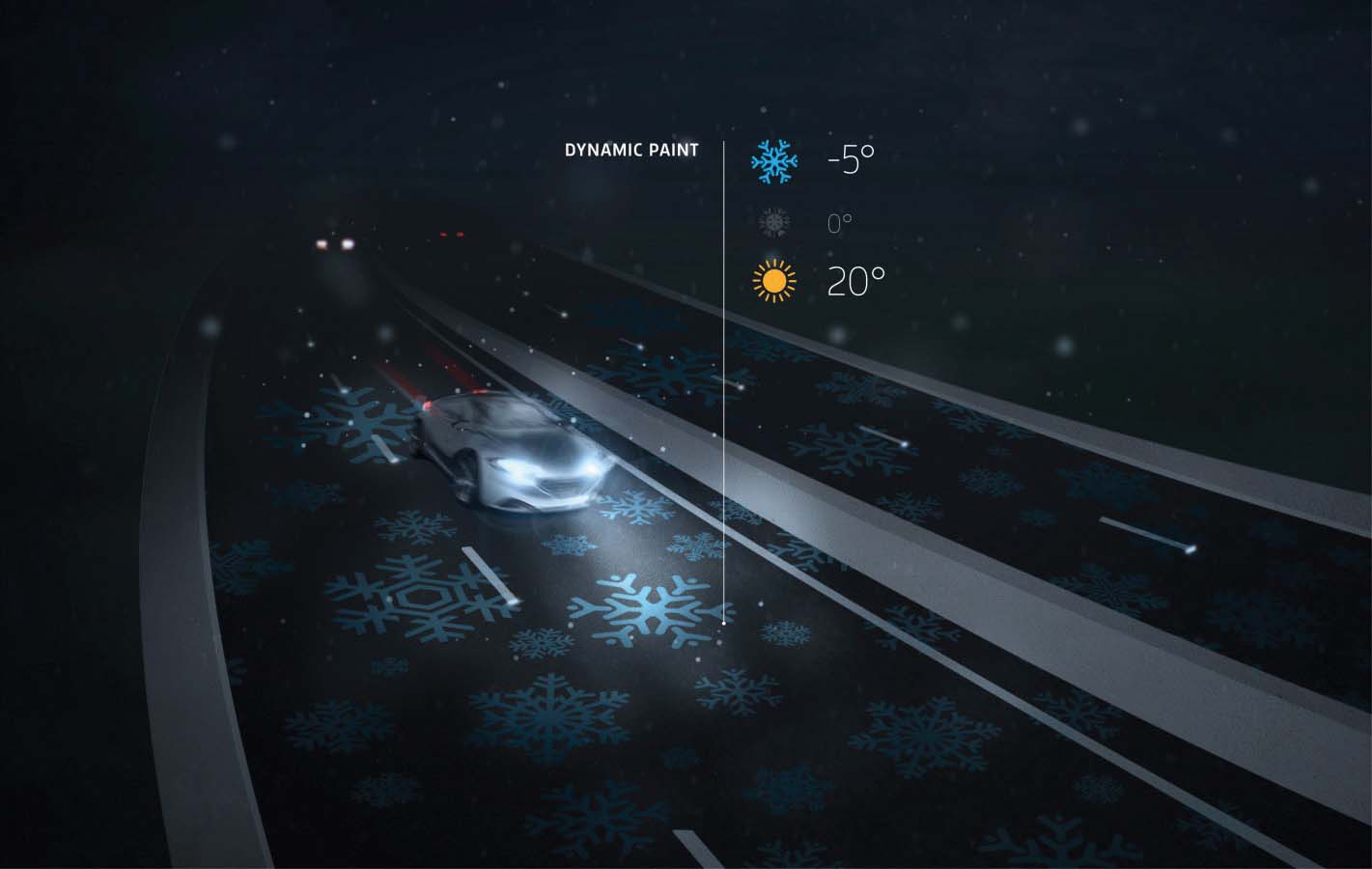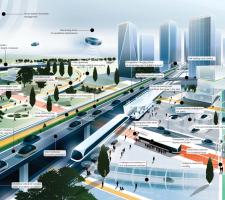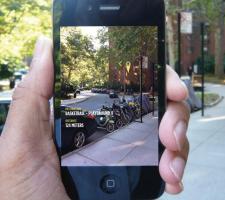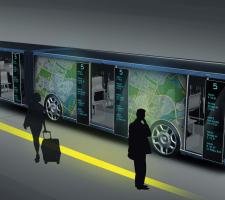
In its consideration of the Future of Highways through to 2050, international consultants
The global urban population is growing by an estimated 172,800 new city-dwellers each day. For the next 15 years China and India will account for 40% of that urban growth with additional names on the list of megacities and, for instance, an estimated 30 million people living in Mumbai and 26 million in Delhi. Asia will also lead a trend that will see nearly two thirds of the global population (five billion people) classified as middle class by 2030 - with implications for how people choose to travel.
Worldwide the number of motorised vehicles is expected to increase by 3% annually until 2030. The rate of growth in Europe and the US is likely to be lower (1% and 2% respectively) while India may see motorised transport increase by 7-8% a year. In China traffic is expanding exponentially with official figures showing that the vehicle population reached 240 million in 2012, half of which are passenger cars. The 15.1 million new cars that took to China’s roads in 2012 outnumbered the country’s entire car population at the end of 1999, highlighting the government’s challenge in controlling emissions and traffic congestion in Chinese cities.
On the face of it the situation is set to get worse. By 2050 around 70-75% of the global population will be urban dwellers and as cities expand and people become more prosperous, the desire for individual mobility will grow, potentially leading to gridlocked streets.
However the report says changing travel behaviours will have a significant impact on the transport solutions of the future.
“The problems many people predict presuppose that travel and work patterns remain broadly similar to today but that may not be the case,” says Tony Marshall, Arup’s global highways leader. “There will be new ways of working so people may not need to travel as much,” he says, citing remote monitoring of structures instead of sending out engineers and medical monitoring rather than people travelling to hospital for check-ups. “And when they do travel they will have better information and many cities will have seamless methods of intermodal travel to spread the load and maximise capacity,” he adds.
In mature cities he says new roads and other transport links will have to be ‘fitted in’ with the existing infrastructure while the planners of new and growing cities can learn from others’ mistakes and design ‘better connected’ transport modes from ‘day one’. This will enable the new cities to ‘leapfrog’ the older ones in terms of transport efficiency to provide a better quality of life for city dwellers with shorter commutes and better air quality. The new cities will also have the advantage of being able to include provision for electric vehicles and ITS as they build the new infrastructure – even if it is not initially deployed.
This will make retrofitting any subsequent application far less expensive and therefore easier to justify when the growth in travellers and traffic starts to create problems.
For developed cities, the report says transport infrastructure may be repurposed and adapted to accommodate greener modes of travel and that motorised travel in cities will be required to fit into, rather than be at the centre of, planning decisions. Marshall advocates that the authorities in mature cities adopt the corridor management approach as is happening in New York where Arup is working with the authorities on the Lower Hudson Transport Corridor in New York.
ITS director Tim Gammons continues the theme: “All too often we have used ITS to solve individual problems rather than looking at the whole to provide improved connectivity and integrating all modes. By the time a commuter has picked up their car keys it is already too late because they have already made the decision about how they will travel to work.
To fully utilise all available transport options we need technology that will show travellers the most beneficial mode to their destination before they set off rather than individual systems to navigate by car, or a map of how to get their destination on the metro.”
He believes the most likely platform will be the ‘personal device’ such as today’s smartphone which even in developing regions of the world has very good penetration. Although the ‘smartphone’ of the future may be very different to today’s.
“What we need is for commuters to be able to pick up their ‘personal device’ and for the app to know their regular commute and to tell them which mode of travel will provide the shortest journey time given the current state of the roads, the metro and all other available modes.
“Such a service would show the individual all available routes to their destination and how long each would take; so if they cycle the travel time will be eight minutes, walking it will take 14 minutes while on the metro it will be 18 (because the next train is still 11 minutes away). Technology needs to be deployed that will tell a driver about a delay ahead, that there is a train due at a nearby station in 10 minutes, that there are parking spaces available and they can purchase a ticket online by tapping the screen.”
This will require authorities to adopt a different attitude towards the travelling public which is one of the key themes of the report - the user experience of transportation and highways infrastructure.
Gammons believes that information could be more accessible. For instance, users are seeking other sources better suited to their requirements, such as Google, instead of authority websites for traffic and travel information, and relying on satnav instead of variable message signs.
He says: “Most of the information needed for traveller-focused systems is already available but not as a single source and not matched to the individual’s journey. They need to be alerted to any traffic congestion ahead and leave their car at home and take the train or other option. Those with shorter commutes will be informed that the trains approaching the city are crowded and that cycling to work would be quicker, or to delay their departure. So if we can get the various authorities to share this information it would be possible to deliver individualised information that will help match demand to the available infrastructure.” “Road authorities in particular need to get more involved in how the information is delivered,” says Gammon. A good start would be for the authorities, the ‘Googles’, the navigation system suppliers and the emerging SMEs to work more closely together to share data and intelligence and provide the travelling public with up-to-the-minute information that is consistent across all platforms, he adds.
A traveller-, rather than system-, focussed approach would automatically start to take account of other trends highlighted in the report such as climate change and ageing populations. It predicts that by 2050 more than 20% of the world population (two billion people) will be 60 years old or older. This will have a dramatic impact on the design and choice of mobility solutions as will technological advances such as vehicle to vehicle communications and autonomous vehicles.
Older people may be some of the main beneficiaries of autonomous vehicles and the report foresees benefits for authorities too as the technology could allow the use of narrower lanes which would provide a big increase in capacity. Also highlighted is the change in vehicle ownership patterns and the rise of both car and ride sharing.
According to Marshall, ride sharing and changing ownership models can provide some of the biggest near-term benefits in terms of congestion reduction and at very little cost. While Gammons is realistic that HOV and car pool lanes have not proved a great success, globally authorities and technology suppliers need to make ride sharing easier and more convenient for participants.
While in a world of political uncertainties and the unknown effects of climate change no wide-ranging prediction is likely to be entirely accurate, Arup’s well-sourced report does provide good information for forward thinking authorities














